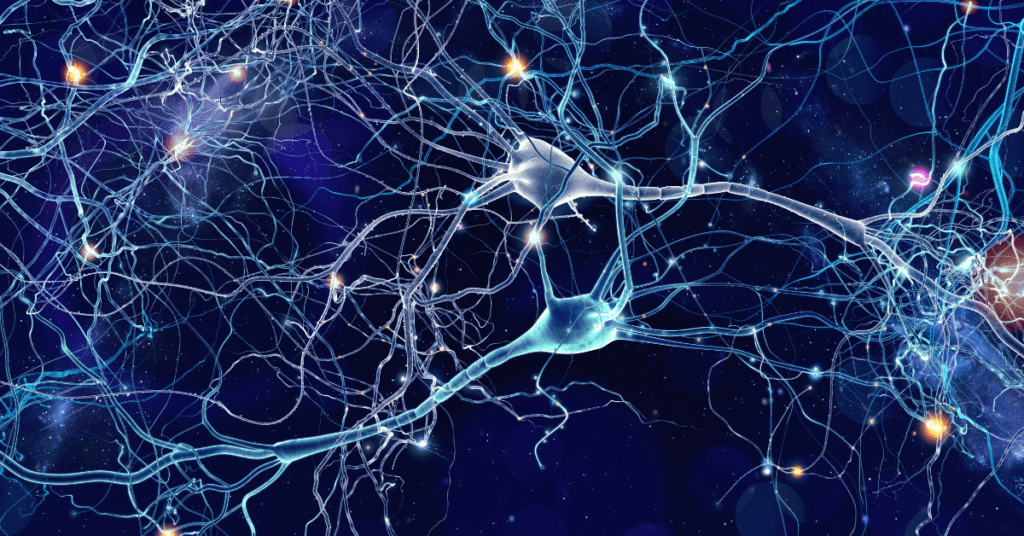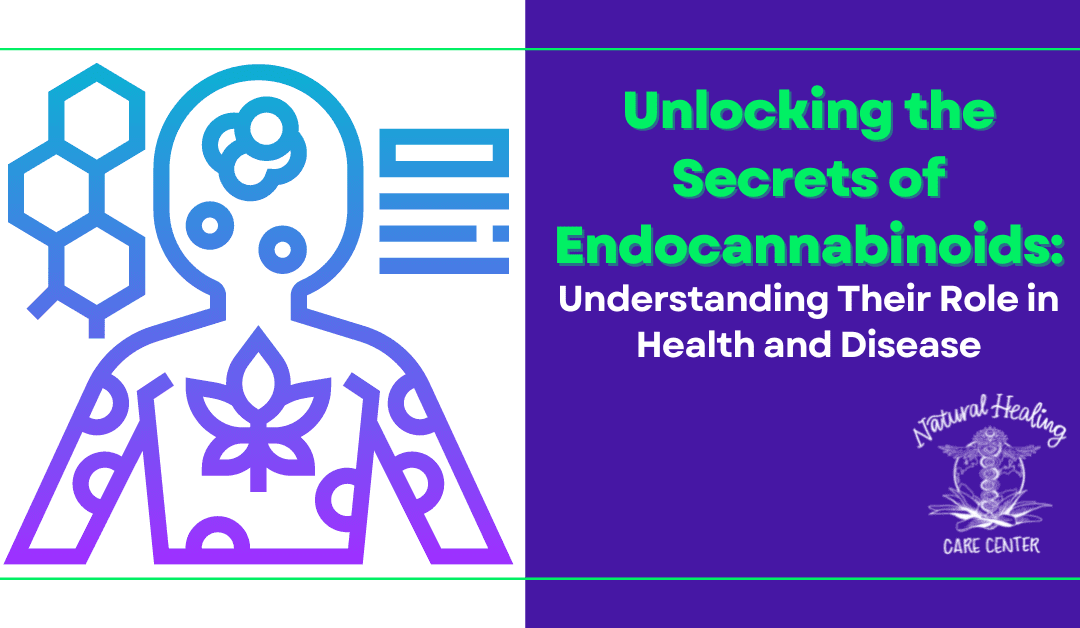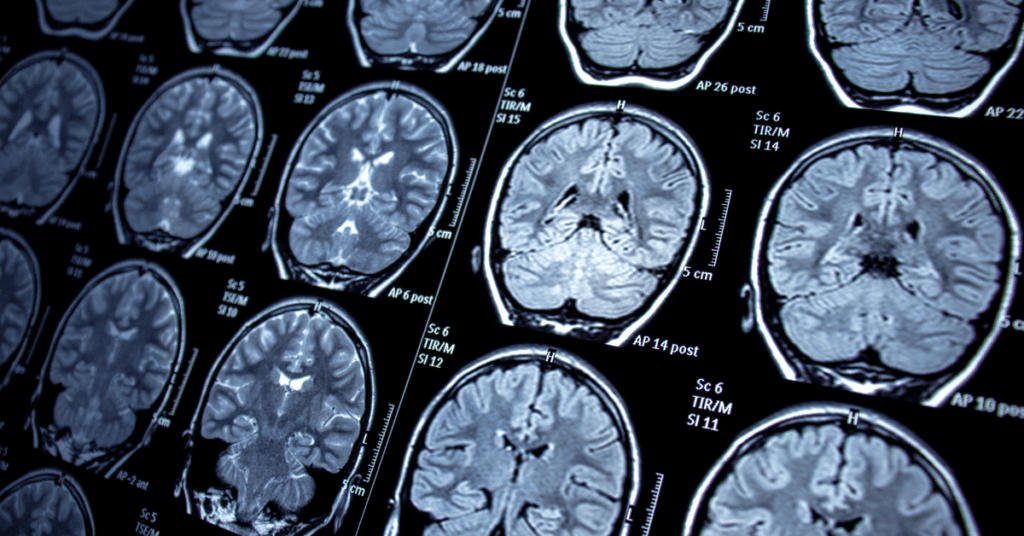An endocannabinoid is a cannabinoid that is produced by the body. Cannabinoids are found in the body’s endocannabinoid system, which is responsible for regulating a variety of physiological processes, including appetite, pain sensation, mood, and memory. The endocannabinoid system is made up of cannabinoid receptors located throughout the body, as well as the naturally occurring cannabinoids that bind to those receptors.
There are two main cannabinoid receptors in the endocannabinoid system: CB1 and CB2. CB1 receptors are found mainly in the brain and spinal cord, while CB2 receptors are found mainly in the immune system.

Endocannabinoids are molecules that help the body to send signals. They are made when the body needs them, like when a person is sick or hurt. The most studied endocannabinoids, which we naturally contain and make, are anandamide (AEA) and 2-arachidonoylglycerol (2-AG). These molecules turn on cannabinoid receptors (CB1 and CB2) that are found throughout the body. When the receptors are turned on, it can help with things like pain, inflammation, and anxiety.
Cannabis cannabinoids are a group of molecules that interact with cannabinoid receptors, just like our Endocannabinoids. The most well-known cannabis cannabinoid is THC, which is responsible for the psychoactive effects of marijuana. Other cannabinoids include CBD and CBN. These molecules have been shown to have therapeutic benefits for a variety of conditions, including pain, inflammation, and anxiety.
The Endocannabinoid System
The Endocannabinoid System was discovered in the early 1990s by Dr. Raphael Mechoulam, around the same time as the discovery of cannabis cannabinoids, THC and CBD. The subsequent identification of cannabinoid receptors led to the realization that the endocannabinoid system was already present in humans and other mammals. This discovery has led to a better understanding of how cannabis works and has paved the way for the development of novel therapies that target the endocannabinoid system.

Recent research has focused on the potential of endocannabinoids to treat a variety of diseases and conditions, including pain, inflammation, anxiety, epilepsy, and cancer. Endocannabinoid agonists have been shown to provide relief from symptoms associated with these conditions without the side effects of traditional pharmaceuticals. Additionally, there is increasing evidence that suggests that endocannabinoid modulation could be an effective treatment for addiction and substance abuse.
There are a number of studies that have been conducted on the use of cannabis and cannabinoids for the treatment of various diseases and conditions. Some of these studies include:
-
A study published in 2016 found that cannabis therapy was an effective treatment for chronic pain in patients with fibromyalgia. The study found that patients who used cannabis reported a significant reduction in pain levels, as well as improved sleep quality and increased energy levels. Additionally, the use of cannabis was associated with a reduction in the use of other medications, including opioids.
-
A study published in 2015 found that CBD was an effective treatment for childhood epilepsy. The study found that CBD was able to reduce seizure frequency by up to 54%. Additionally, CBD was well tolerated and did not cause any adverse effects. The study also found that CBD was able to reduce the frequency of seizures in children with epilepsy who were resistant to traditional anti-seizure medications.
-
A study published in 2014 found that THC was an effective treatment for nausea and vomiting in cancer patients undergoing chemotherapy. The study found that THC was able to reduce nausea and vomiting in cancer patients by up to 80%. Additionally, THC was well tolerated and did not cause any adverse effects.
Still More to Learn
The future of endocannabinoid research is very promising, and the full potential of this system is still being explored. As research continues to uncover new therapeutic applications and elucidate the roles that endocannabinoids play in health and disease, it is expected that endocannabinoid-targeted therapies will become increasingly prevalent in modern medicine.
By further understanding endocannabinoids, researchers can focus on strategies to modulate the activity of this system. This research may open up new avenues for treating a variety of conditions and improving overall health and well-being. The future of endocannabinoid research promises to be an exciting one, with potential for groundbreaking discoveries that could shape the way we view health and medicine in the years to come.
The future looks bright for endocannabinoid research!
Natural Healing Care Center has been helping people find relief with cannabis, and CBD for over 12 years. If you have any questions about the ways to consumer, or dosing, ask us today.
Sources/References
- https://www.ncbi.nlm.nih.gov/pmc/articles/PMC5877692/
- https://www.frontiersin.org/articles/10.3389/fphar.2019.01074
- https://medlineplus.gov/druginfo/natural/14




Recent Comments